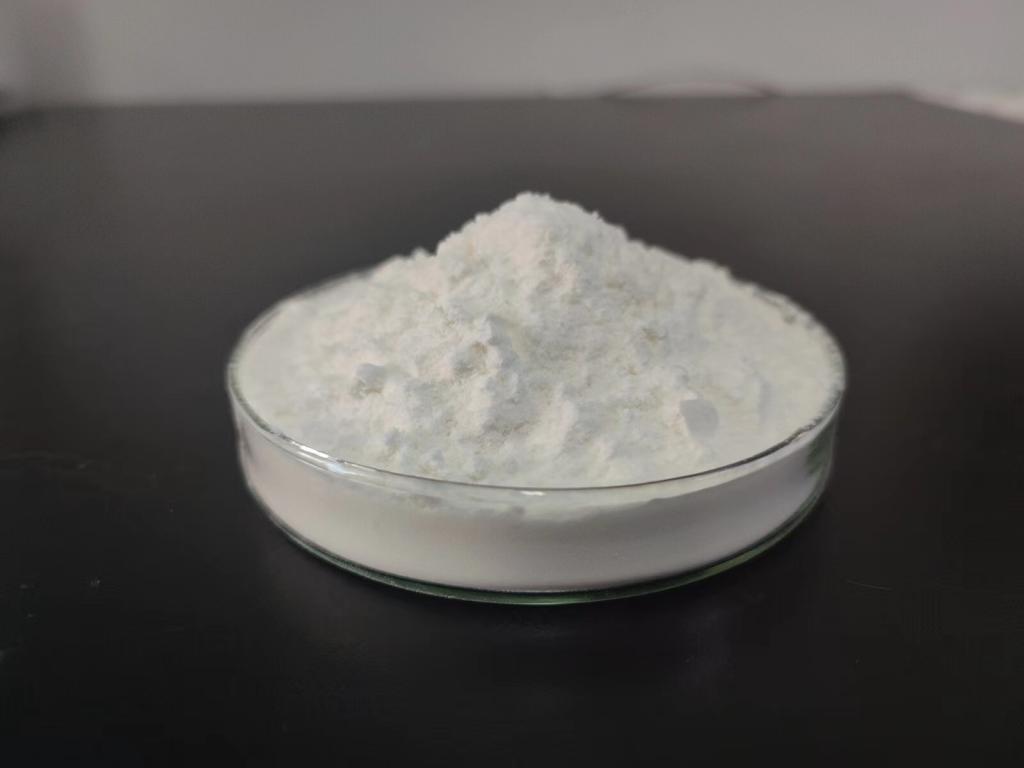Tel:+8618231198596

News
 CONTACT
CONTACT
 CONTACT
CONTACT
- Linkman:Linda Yao
- Tel: +8618231198596
- Email:linda.yao@dcpharma.cn
- Linkman:CHARLES.WANG
- Department:Overseas
- Tel: 0086 0311-85537378 0086 0311-85539701
News
Current Position:
Home >
News
>ε-Polylysine Hydrochloride: A Tool for Precision Agriculture in Pest Management
ε-Polylysine Hydrochloride: A Tool for Precision Agriculture in Pest Management
TIME:2024-01-19
I. Understanding ε-Polylysine Hydrochloride:
Structural Overview:
ε-Polylysine is a naturally occurring cationic homopolymer composed of lysine units linked by ε-amino groups. The hydrochloride salt form enhances its solubility and stability, making it an ideal candidate for various agricultural applications.
Antimicrobial Properties:
A key feature of ε-polylysine hydrochloride is its inherent antimicrobial activity. This property arises from its ability to disrupt microbial cell membranes, making it effective against a broad spectrum of bacteria, fungi, and other microorganisms.
II. The Role of ε-Polylysine Hydrochloride in Precision Agriculture:
Targeted Pest Control:
Traditional pest control methods often involve the broad application of chemical pesticides, leading to concerns about environmental impact and unintended consequences. ε-Polylysine hydrochloride offers a more targeted approach, focusing on specific pests without adversely affecting non-target organisms.
Reducing Environmental Footprint:
Precision agriculture aims to optimize resource use and reduce the environmental footprint of farming practices. ε-Polylysine hydrochloride aligns with this goal by providing an environmentally friendly alternative to traditional pesticides, minimizing the impact on ecosystems and non-target species.
III. Applications in Crop Protection:
Foliar Sprays and Treatments:
The water solubility of ε-polylysine hydrochloride allows for its formulation into foliar sprays and treatments. These applications provide a protective layer on plant surfaces, inhibiting the growth of pathogens and pests while promoting a healthier crop.
Seed Coating:
Coating seeds with ε-polylysine hydrochloride can offer protection against soil-borne pathogens and pests during germination. This preventive measure contributes to healthier seedlings and improved overall crop establishment.
IV. Compatibility with Beneficial Organisms:
Preservation of Beneficial Microorganisms:
Unlike some chemical pesticides, ε-Polylysine hydrochloride has demonstrated compatibility with beneficial microorganisms, such as mycorrhizal fungi and certain bacteria. This ensures the preservation of natural symbiotic relationships within the soil ecosystem.
Integration with Biological Control Methods:
ε-Polylysine hydrochloride can be integrated into biological control methods, such as the use of beneficial insects or nematodes. Its selective antimicrobial activity allows for the targeted control of harmful pathogens while supporting beneficial organisms.
V. Challenges and Considerations:
Effectiveness Across Different Pests:
While ε-Polylysine hydrochloride has shown efficacy against various pests, its effectiveness may vary across different species. Research efforts are essential to understand its impact on specific pests and optimize application methods.
Residue Management:
Managing residues of ε-Polylysine hydrochloride in crops is a critical consideration. Ensuring that residue levels are within acceptable limits for human consumption and environmental impact is crucial for regulatory compliance and consumer safety.
VI. Advancements in Formulations and Delivery Systems:
Nanoencapsulation and Controlled Release:
Advancements in nanotechnology allow for the nanoencapsulation of ε-Polylysine hydrochloride, enabling controlled release mechanisms. This innovation enhances the efficiency of pest control and reduces the frequency of applications, contributing to sustainability.
Precision Application Technologies:
The integration of ε-Polylysine hydrochloride into precision application technologies, such as drones and sensor-equipped equipment, enhances the accuracy of pest control measures. This targeted approach minimizes resource use and maximizes the impact on pest populations.
VII. Regulatory Approval and Adoption:
Global Regulatory Landscape:
The regulatory approval of ε-Polylysine hydrochloride varies across regions. Collaboration between researchers, industry stakeholders, and regulatory bodies is essential to navigate the approval processes and facilitate its adoption in different agricultural systems.
Educating Farmers and Stakeholders:
Successful adoption of ε-Polylysine hydrochloride in precision agriculture requires education and awareness among farmers and stakeholders. Providing information on its benefits, proper application methods, and compatibility with existing farming practices is crucial for widespread acceptance.
VIII. Future Prospects and Research Opportunities:
Expansion of Pest Targets:
Research efforts should explore the potential of ε-Polylysine hydrochloride against a broader range of pests, including insects, nematodes, and plant pathogens. Understanding its mode of action and specificity will enable more targeted and effective pest management strategies.
Integration with Digital Agriculture:
The integration of ε-Polylysine hydrochloride with digital agriculture technologies, such as precision farming platforms and smart sensors, holds promise for optimizing application timing and dosage. This synergy can lead to more efficient and sustainable pest control practices.
IX. Conclusion:
ε-Polylysine hydrochloride represents a promising tool in the realm of precision agriculture, offering a targeted and environmentally friendly approach to pest management. As the agricultural industry navigates the challenges of sustainability, environmental stewardship, and food security, the adoption of innovative solutions like ε-Polylysine hydrochloride can contribute to a more resilient and efficient farming system. Continued research, collaboration, and education are key to unlocking the full potential of ε-Polylysine hydrochloride in precision agriculture and ensuring its successful integration into modern farming practices.
- Tel:+8618231198596
- Whatsapp:18231198596
- Chat With Skype







